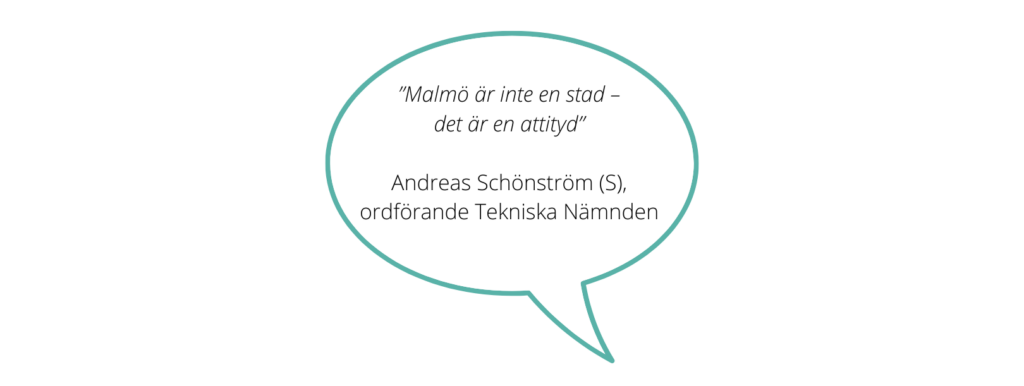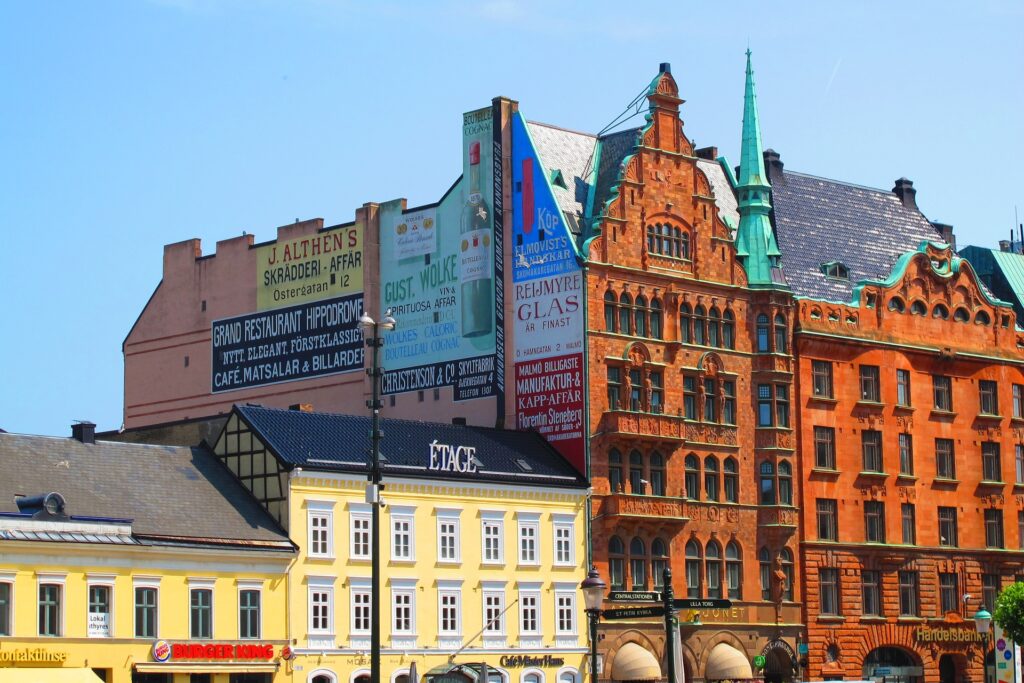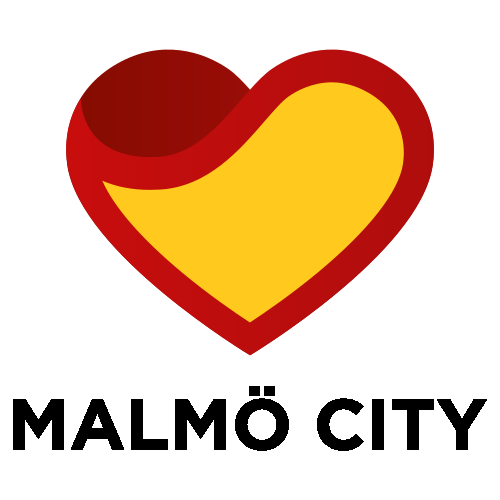Malmö then
Malmö's history stretches back 800 years, but the traces of the first humans are much older than that. Long one of Sweden's largest industrial cities, Malmö underwent a major transformation in the 20th century. From the outbreak of the World War in 1914 to the fall of the Berlin Wall in 1989, the city developed into one of the model cities of the Swedish folkhems model, with extensive industry. In 1950, there were 539 different factories in Malmö, employment was high and labour had to be recruited from other countries. Malmö was one of Sweden's richest cities with a high tax burden.
By the end of the 1950s, however, competition from other countries was already beginning to be felt, first affecting the textile industry. In 1974, Kockums was the world's largest commercial shipyard outside Japan, and in the same year it built the large gantry crane that came to symbolise Malmö's industrial strength. In the years that followed, the oil crisis and increased competition hit Western industrialised cities hard, and in 1986 Kockums ceased civilian ship production. The gantry crane was dismantled and left the city. Malmö lost many jobs and its population declined.
Malmö was forced to redefine itself and in recent decades has begun a major transformation. The advent of MCS in 1995, Malmö University in 1998 (university since 2018), the Öresund Bridge in 2000 and the City Tunnel in 2010 pointed to a new future, an entrepreneurial spirit and a new way of tackling challenges. These are just a few of the many initiatives that have helped Malmö evolve from a traditional industrial city to a young, innovative city that is continuously being developed in collaboration between the public and private sectors.
A selection of what has been added in Malmö over the last 15 years:

Malmö now
With 357 377 inhabitants, Malmö is Sweden's third largest city (31/12/2022). Today, Malmö is Sweden's ninth youngest municipality and has the lowest average age in Skåne. In 20 years, the population has increased by 89,000 inhabitants - an increase of 34 %, making Malmö the fastest growing city in Sweden. It has a thriving business community with strong growth and great confidence in the future. Many new businesses are being set up and established companies are choosing to locate their operations in Malmö. 3,382 new companies were started in 2021, an increase of 8.7 %. The high number of new businesses reflects the entrepreneurial spirit of Malmö and the change that the city has undergone - from a structure with a number of large companies to a structure with many small and medium-sized enterprises. The business community covers many different sectors, giving the city a good base and breadth. The number of workplaces has increased significantly, for example, more people now work in the Western Harbour than once worked in the shipyard. In 2021, Malmö had 193,642 employees spread across 39,107 workplaces. The number of employees and workplaces in Malmö has increased by 42 % and 47 % respectively in 15 years. Across the city, strong investments are underway for the people and businesses of Malmö today and tomorrow. Nyhamnen, directly adjacent to the Central Station, is Malmö's largest urban development project at present. Together, we are investing in a city in constant motion. Creative, environmentally aware, forward-looking, with expansive infrastructure investments and a fantastic location in the Nordic region's largest labour market region.

Malmö University is located in central Malmö, with 24,000 students on 130 programmes and 400 courses. Malmö City has also been home to the World Maritime University since 1983 - an entity that is organisationally part of the United Nations. In addition to the universities, it is also possible to study at the art college and theatre college, which are also located in the city centre. Malmö was named Student City of the Year 2021/2022 with the motivation:
"The city that receives the Student City of the Year award shall is characterised by good collaboration between students, city and institution, and it is with pride that SFS honours Malmö as Student City of the Year 2021/2022. The award goes to a city that is not afraid of new challenges. A city that always has development at its centre. A city that is proud of its students. A city that is prepared to do everything to make students feel comfortable - before, during, and after their education. The City of Malmö, Malmö University, Malmö Student Union and The Odontological Student Union Malmö conducts structured work to strengthen Malmö is a student city. Malmö is a student city to study, live and thrive in. The city protects the well-being of students and demonstrates a well-integrated student voice in all processes."
Linn Svärd, Vice President of the United Swedish Students' Union
It is not only students who experience a good climate of co-operation in Malmö. This has long been at the centre of efforts to develop the city. MCS was established as early as 1995 and its organisational structure was copied when Destinationssamverkan Malmö was formed in 2008. Further collaborative organisations followed, such as På Limhamn in 2010 and, more recently, BID Sofielund in 2014 and BID Möllevången in 2019. Collaboration is part of the DNA of the city and its stakeholders.
Worth knowing: usually BID stands for Business Improvement Districts, but in the Malmö model it stands for Housing, Integration and Dialogue.


